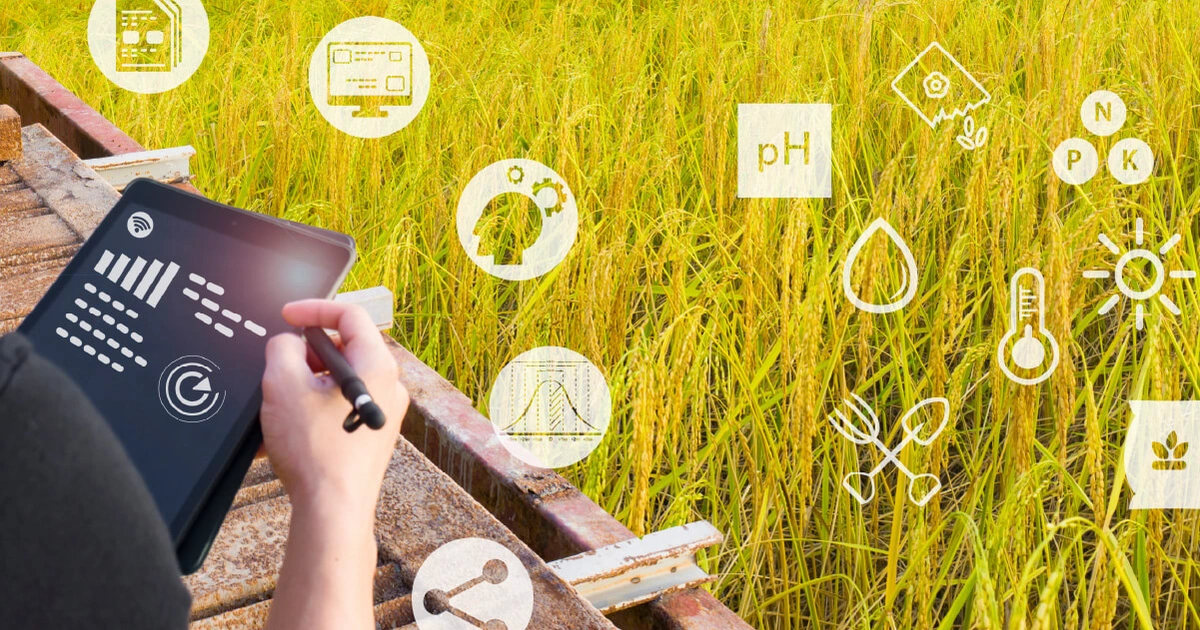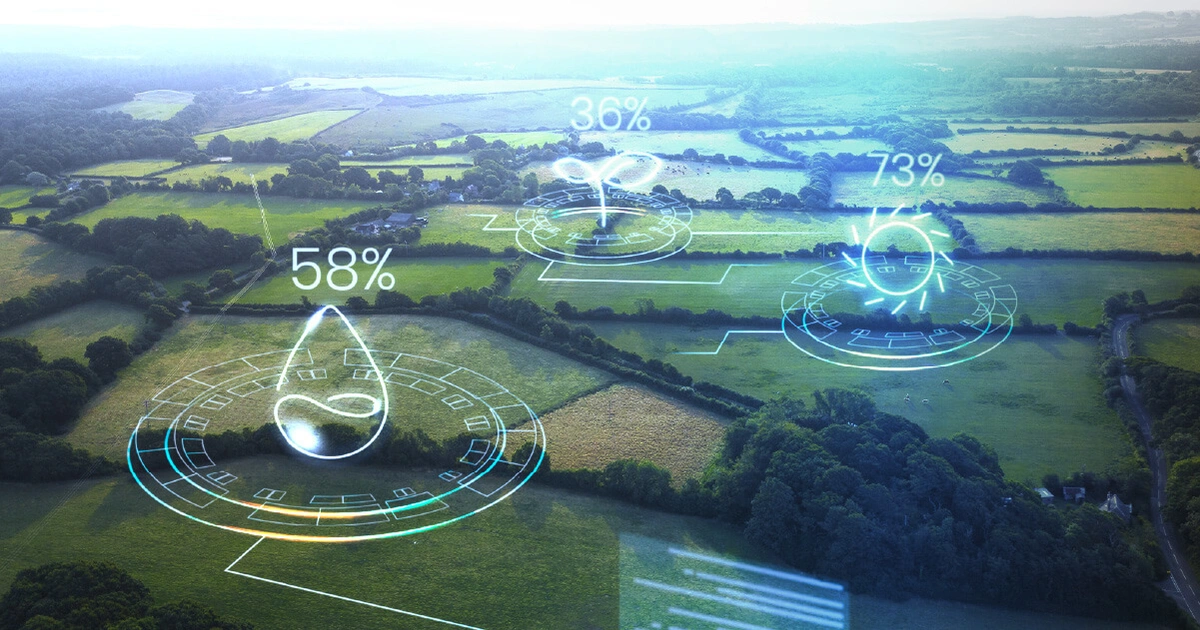
The 4 pillars every farm needs to thrive in the digital era of agriculture
For more than 11,000 years, agriculture has been at the center of human progress. Today, agriculture is undergoing a quiet revolution powered not by larger machines, but by smarter decisions. As global food demand rises and resources tighten, the industry is shifting from traditional practices to digital agriculture, where insight and automation transform how farms operate.
Also known as smart farming, digital agriculture integrates data, technology and people across the value chain by linking supply chains and systems into a connected ecosystem that boosts efficiency, transparency and sustainability.
At its core, digital agriculture helps answer 4 essential questions:
- What to plant?
- Where to plant?
- When to plant?
- How should it be produced?
The ability to answer these with confidence depends on 4 key pillars.
1. Digitalization: Turning field data into strategic advantage
Digital agriculture starts with capturing data once managed on paper and connecting it across systems. Crop plans, soil analysis, equipment logs and harvest results flow seamlessly into management platforms, creating real-time views of every operation.
With technologies like GIS, mobile apps and predictive analytics, you can anticipate outcomes and make faster, data-backed decisions. Digitalization drives traceability and compliance, recording every step of the production process to strengthen transparency and meet regulatory standards. By integrating data from IoT devices, sensors and weather models, you can leverage big data and machine learning to forecast yields, identify risks and take proactive action before problems escalate.
It's here that smart farming takes shape and where digital intelligence turns information into actionable strategy.
2. Precision Agriculture: Seeing the field in high definition
Precision agriculture transforms intuition into measurable insight. Through satellite imagery, drones and IoT-connected sensors, you can monitor conditions and respond to changes in real time.
- Telematics and GPS tracking: Real-time equipment data ensures accurate application and efficient field coverage.
- Drones: UAVs automate tasks like spraying, sowing, and disease detection, feeding insights back into digital systems.
- Sensors: Soil and weather sensors track moisture and nutrients to optimize irrigation and inputs.
- IoT and AI: Connected devices automate field responses, adjusting water or nutrients as needed.
- Disease classification: AI-driven imagery identifies crop stress early, protecting yield and reducing waste.
These technologies make smart farming more adaptive, efficient and sustainable, improving precision while conserving resources.
3. Sustainability: Balancing productivity and preservation
Sustainability has become a business imperative. Digital agriculture enables farms to protect natural resources while optimizing performance. Technology supports eco-friendly practices such as:
- Input management: Automated tracking prevents overuse of chemicals and fertilizers
- Water optimization: Smart irrigation aligns usage with crop demand, reducing waste
- Crop rotation: Data-driven planning restores nutrients and maintains soil health
- Traceability: End-to-end visibility connects every input to every output
- Sustainable profitability: Insights into cost and performance fuel reinvestment in innovation
The result is a smarter, greener agricultural model built to sustain both profitability and the fields.
4. Integration: Connecting the field enterprise
The most advanced farms no longer treat agronomy, logistics, and finance as separate worlds. Integration unites them, allowing every system and stakeholder to operate from a single source of truth.
When field data flows directly into your ERP, updates occur automatically, from irrigation schedules to procurement and forecasting. Integration transforms information into alignment, ensuring every department moves in step with real-time field conditions.
This is where digital agriculture evolves into smart farming — a connected ecosystem where insights drive growth across the entire value chain.
Digital agriculture represents the convergence of intelligence, automation and collaboration. By connecting data across every link in the value chain, agribusiness can make faster, more confident decisions that move the industry toward a more productive and sustainable future.
From precision to profitability, digital agriculture thrives on insight. Explore how industry leaders are connecting field operations with enterprise intelligence to drive efficiency, sustainability and growth.
Frequently Asked Questions
1. What’s the difference between digital agriculture and smart farming?
Digital agriculture integrates data and systems across the entire value chain, whereas smart farming focuses on in-field technologies, such as sensors and automation. Together, they connect field operations with enterprise insights to make more informed and efficient decisions.
2. How can data from digital agriculture be used to create business value?
When connected across systems, agricultural data becomes a strategic asset, enabling predictive planning, smarter procurement and stronger pricing decisions that improve profitability and enhance supply chain visibility.
3. What challenges do growers face when adopting digital agriculture technologies?
Adoption often stalls when technologies aren’t integrated. The key is simplicity, such as connecting field tools, data platforms and enterprise systems so insights flow seamlessly from operations to management.
4. How are AI and IoT transforming smart farming today?
Sensors collect real-time field data, while AI analyzes it to automate irrigation, fertilization, and disease control, reducing waste and boosting yield through precise, data-driven actions.
Get the latest news, updates, and exclusive insights from Vistex delivered straight to your inbox. Don’t miss out—opt in now and be the first to know!

